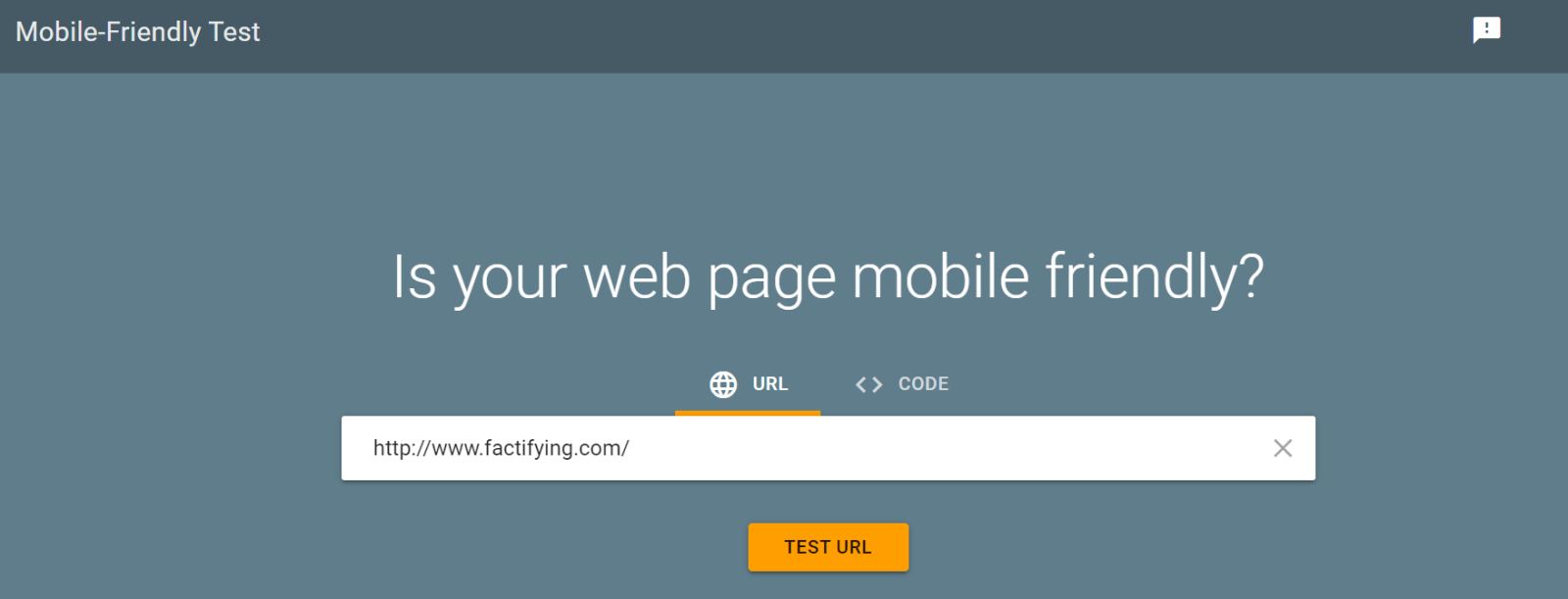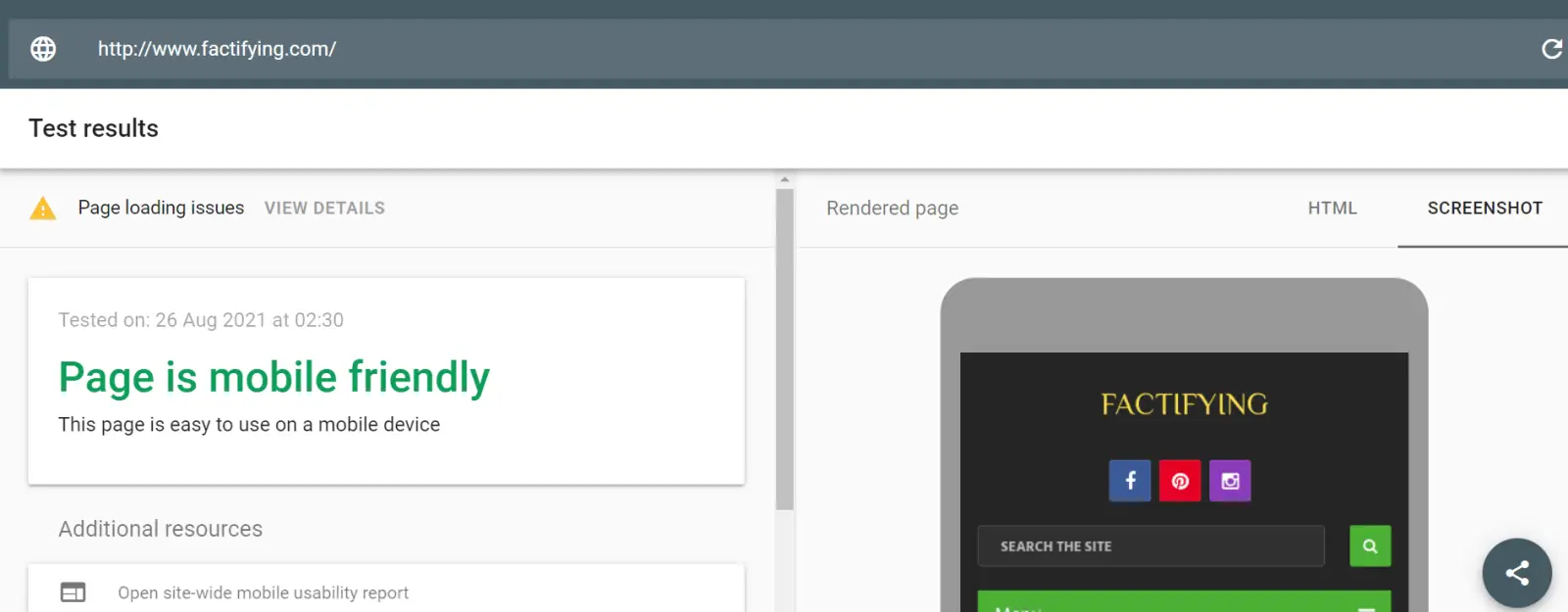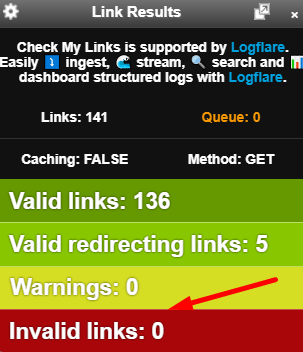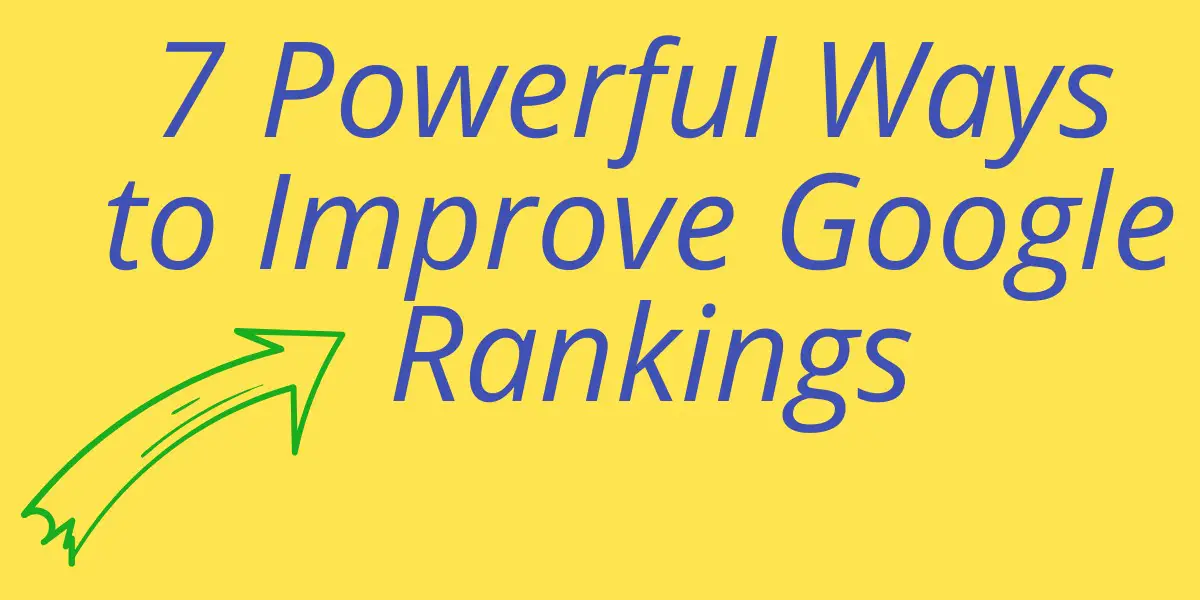Want to improve Google rankings of your website or blog? Give this article a read and implement the strategies.
The best thing about search engine optimization is, once you get a top spot in Google, you get leads for your business almost on autopilot.
Although there is a lot that goes into winning a Google first page ranking, you don’t have to worry.
By the end of this article, you’ll know the strategies to achieve Google first page ranking without hurting your marketing budget.
Let’s talk about how to improve Google rankings.
1. Improve On-Page SEO
No one can deny the importance of on-page SEO. Without optimizing your site’s pages for search engines, you can’t expect to improve Google rankings.
Fortunately, it’s not that difficult to optimize a web page. You just have to take out a couple of minutes of your time.
Plus, it only takes a few days for search engines to notice your on-page optimization and push your site upwards in the search results.
But, the question remains. How do you optimize your website around specific keywords?
Frontloading Your Title
First, you need to make sure that your target keyword is present right in front of your title tag.
For instance, “How to improve Google rankings?” There is nothing before the target key phrase “how to improve Google rankings?”. But, in this case, the whole title is the target keyword.
Let’s take another example: “SEO tools: A complete list”. “SEO tools” is the target keyword that precedes the rest of the title.
There is a reason why frontloading your title with the target keyword is rewarding. See, you are trying to make Google happy. And, Google gives importance to the first few words of your title tag.
So, why not put the most important ones right there?
Write Longer Posts
This one might not be relevant to all topics, but writing long-form content can help you improve Google rankings. Backlinko recently analyzed around 2 million search results and found that longer content means a higher search engine position.
You don’t have to stretch the word count only to make it long. As a benchmark, just keep in mind that you want to cover the topic in as much detail as possible.
One way to find the right word count is to put your target keyword in search results and analyze the first few blog posts yourself. Your aim should be to write in greater detail than all of your competitors.
Maintain an Optimum Keyword Density
Finally, while including your target keyword in the content is important, you don’t want to overuse a keyword. Keyword stuffing can work against you.
Just use the target keyword where it fits, keeping your content natural and user-friendly.
Use Long-Tail Keywords
Google search results are getting more competitive by the day. It’s important to do proper keyword research to attract the right kind of traffic to your blog/website.
Long-tail keywords are phrases that people commonly use to find stuff on Google. An easy way to find those keywords is by observing Google autocomplete and Google-related searches.
Here is an example.

You can also grab some more keywords by hitting enter and scrolling down to the bottom of the search page.

Long-tail keywords are easier to rank for in Google because lesser people are focusing on them. So, it’s a good idea to find long-tail keywords before producing content for your blog/site.
Let me tell you about a couple of more free keyword research tools.
- Ubersuggest: Although Ubersuggest offers only 3 searches per day, you can get a lot of keywords to work on.
- What’s My SERP: WMS is a Google Chrome extension that fetches the monthly search volume of a search query.
2. Keep a Tab on Technical SEO
Most of the websites don’t stumble upon a technical SEO issue. But, a technical SEO issue can be really problematic for your site.
So, you need to make sure your site is optimized for technical SEO factors.
Keep Your Site Mobile-Friendly
First, your website should be friendly for mobile users. Fortunately, checking your website for mobile optimization is a breeze.
All you have to do is put your site’s URL into Google’s Mobile-friendly testing tool.

If Google thinks your site is mobile-friendly, you are good to go.

But, if it shows “Page is not mobile-friendly”, you’ve got work to do.
Keep Your Site Fast
It’s no mystery that a faster loading website is preferred by users as well as search engines. So, you can easily improve Google rankings by making your site load fast.

It’s important to make sure your site loads fast enough to keep a visitor on the page. Your bounce rate depends on your page speed as well (more on this later).
You can check your website’s page speed by entering your URL into Google’s free page speed tester tool “Google Page Speed Insights”.

Check Your Google Search Console Coverage Status
You also want to check your site’s coverage status in Google Search Console.

Google will let you know whether you are facing any indexing issues.
3. Reduce Bounce Rate
Bounce rate is a metric that tells you what percentage of people are hitting the back button after landing on your site.
Why is bounce rate important?
Google wants its users to have the best experience. It doesn’t like when your visitor doesn’t stay on your page for long.
One way to improve your bounce rate is by making your content optimized for the search intent. When a visitor gets what they want, they won’t be bouncing back.
But, that’s not all. There are multiple factors that can affect your bounce rate.
For instance, you don’t want to place a large image at the top of a page. Your above-the-fold content also decides whether a visitor stays on a page or not.
So, you want to provide them what they searched for right off the bat.
In addition, you want your webpage to load fast enough. Our patience is at a historic low with an average attention span of 8 seconds. You want your page to load within a couple of seconds ideally.
In addition, include lots of graphics in your blog posts to keep the reader hooked to your content. Images tend to be visually appealing and don’t let the reader get overwhelmed by the text.
4. Have a Backlinking Strategy
Links to your site establish its authority in Google. It tells the search engine that your site deserves more attention.
According to WordPress, a total of 70 million blog posts are published each month. So, it’s not a good idea to just publish and pray.
You need to actively promote your site to get other webmasters to link to you.
Let’s talk about a few backlinking techniques that will help you improve Google rankings.
Broken Link Building
Broken links are dead links on a website. When you click on a dead link, you’ll land on a 404 error page, which is not good for the webmaster with that outbound link.
What you can do is, find a webpage with a broken link and tell the site owner if they would like to replace that broken link with a similar link on your site.
The easy way to check broken links on a page is by installing a free extension called “Check My Links” on Chrome.

Go to the page where you want to find broken links and click on the extension at the top right corner of your web browser.
It’ll crawl all the links on that page and tell you whether there are any “Invalid” or broken links.

Guest Posting
Guest blogging is when you publish a post on someone else’s blog with your site’s link. Guest posting is kind of a win-win deal.
The webmaster gets great content on their site, helping them drive more traffic. Whereas, you get the backlink that you want to improve Google rankings.
But, you want to avoid including keyword-rich anchor texts in your blog posts. Plus, guest posting shouldn’t be your only link-building strategy.
Moreover, you want to post on relevant blogs. For instance, I’d want to post on a blog that focuses on online business and digital marketing like mine.
5. Use Internal Linking
An internal link is a link from a page on your site to another page on it.
Internal linking connects different pieces of content on your website. It makes it easier for search engines like Google to understand the structure of your site.
It helps Google bots to crawl your site’s pages, enhancing its visibility. And, the easier you make things for Google, the higher your chance to improve Google rankings.
6. Improve Your Click-Through Rate
An impression is when someone sees your blog post on a search results page. The click-through rate is the ratio of clicks your posts get out of total impressions.
So, you want to narrow the gap between the two as much as possible. A higher click-through rate not only increases your traffic but also helps you achieve Google first page ranking.
And, it’s not just conjecture; you can find a lot of studies that draw a direct correlation between click-through rate and Google ranking.
So, if you want to improve Google rankings, aim for a CTR as high as possible. This is because a high CTR is an evidence that your content is in line with what users are searching for.
Let’s tell you some tips on how to improve your CTR.
Make Your Title Stand Out
Use a title tag that gets your reader emotional and makes them click on your link. Using powerful and emotional words like “Amazing”, “Astonishing”, “Incredible” is a good way to get them to visit your page.
Make Your URLs Short and Descriptive
Short and descriptive URLs are helpful to your page’s SEO. They also help you make your page appear relevant to the searcher’s intent.
Write Persuasive Meta Descriptions
The meta description is your chance to draw in a user with powerful words. Google only shows around 160 characters of your meta description in the SERPs. So, you need to make it to the point and compelling.
7. Analyze and Improve Your Results
Implementing all the above SEO strategies will help you improve Google rankings. But, how do you know that these strategies are working?
You don’t want to check your ranking every other hour, right?
Fortunately, you don’t have to track your SEO progress manually.
Google Search Console

If you’ve connected your site to Google Search Console, you can check the impressions against specific keywords.
The above screenshot tells the overall performance of the last 3 months. It’s easy to analyze your strategy by observing these metrics.
Over to You
Now that you know how to improve Google rankings of your website, it’s time to take action. Remember this: SEO is a marathon; you can’t expect overnight results by implementing these strategies.
But, Google first page ranking is incredibly rewarding for a business, so it’s worth the wait.
Want to hire an SEO agency to do the heavy lifting for you? Here’s a cost-effective SEO service company you may like to work with.
Want to create passive income with affiliate marketing, read this blog post.




6 thoughts on “7 Powerful ways to Improve Google Rankings in 2023”